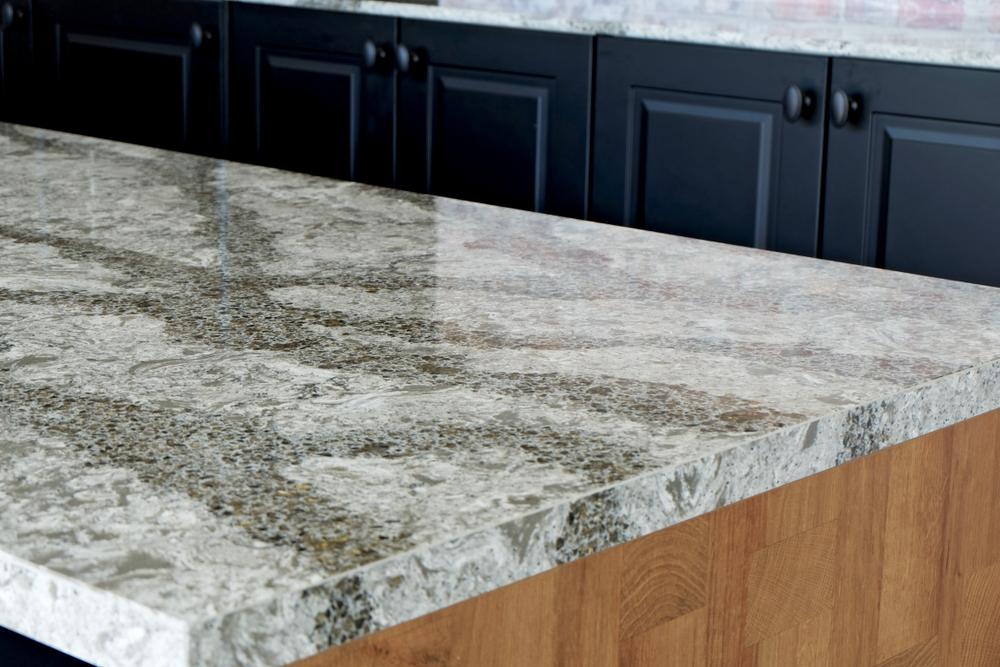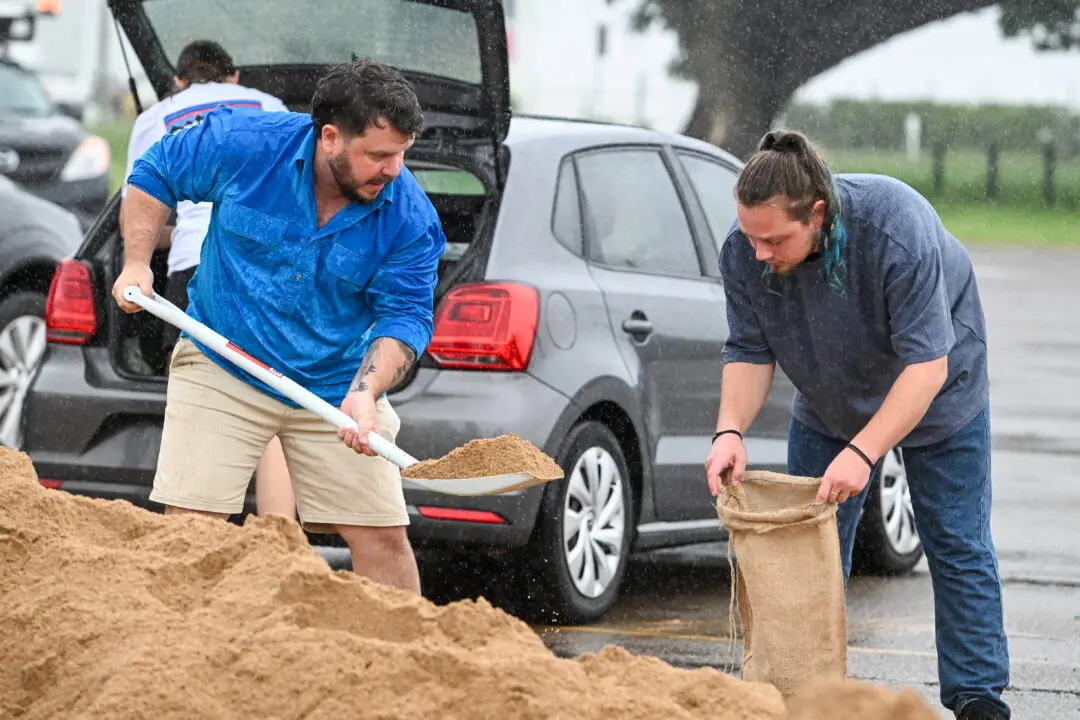Admin worker Joanna McNeill felt healthy when she went for a routine medical check before finishing maternity leave, so it came as a huge shock when she was diagnosed with a deadly and incurable disease.
The mother-of-two has silicosis, a lung condition so dangerous it’s been likened to asbestosis.





